Planning your first ski holiday can feel overwhelming with so many decisions to make about resorts, equipment, and lessons. The key to a successful beginner ski holiday is choosing a resort with gentle slopes, quality ski schools, and beginner-friendly facilities that match your skill level. You’ll want to find a destination that offers proper instruction while keeping the experience enjoyable and stress-free.
The good news is that ski holidays for beginners have never been more accessible. Many resorts now cater specifically to first-timers with dedicated learning areas, patient instructors, and packages that include everything you need from lift passes to equipment rental. You don’t need to be an expert to enjoy the mountains.
This guide will walk you through everything you need to know before hitting the slopes. From selecting the right resort to understanding what gear to pack, you’ll gain the confidence to book and enjoy your first ski holiday without the confusion.
Key Takeaways
- Select beginner-friendly resorts with extensive gentle slopes and highly rated ski schools for your first trip
- Book lessons and proper equipment rental in advance to ensure you learn correct techniques from the start
- Pack appropriate clothing layers and essentials while planning for both on-slope activities and off-slope relaxation time
What to Expect on Your First Ski Holiday
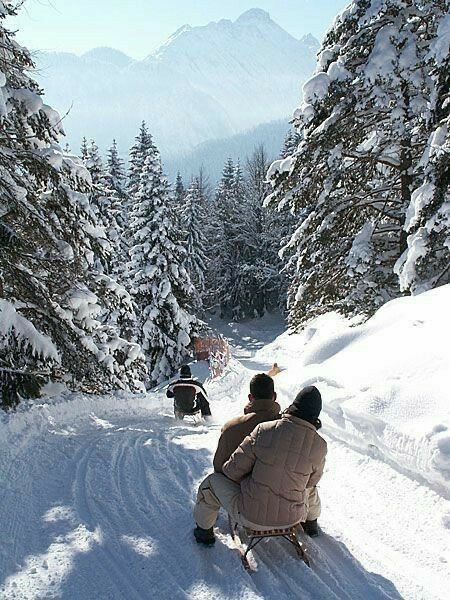
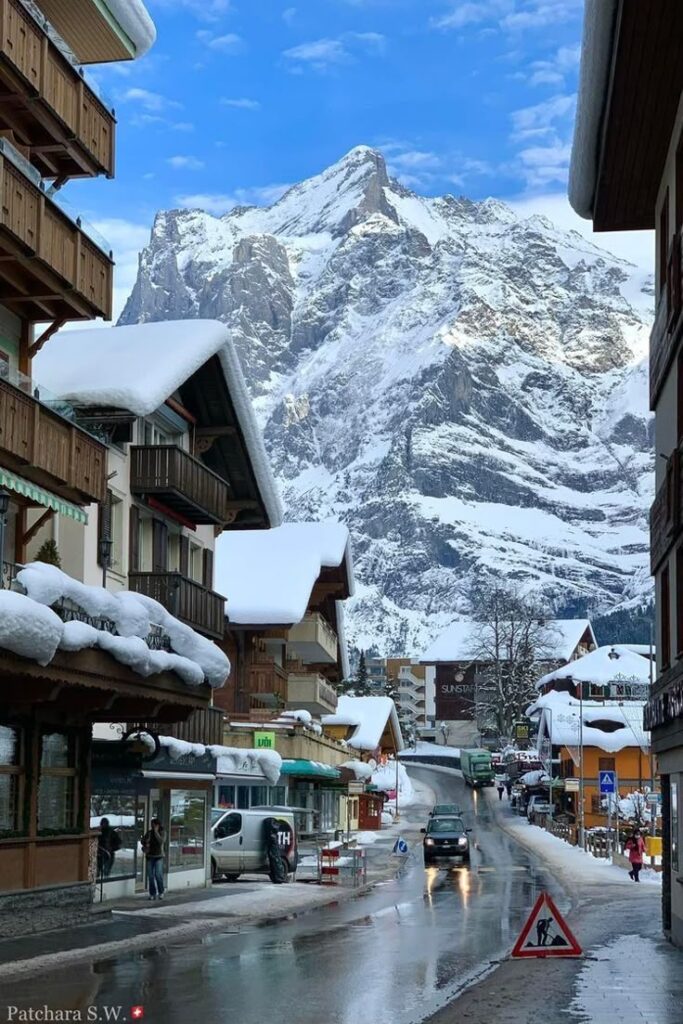
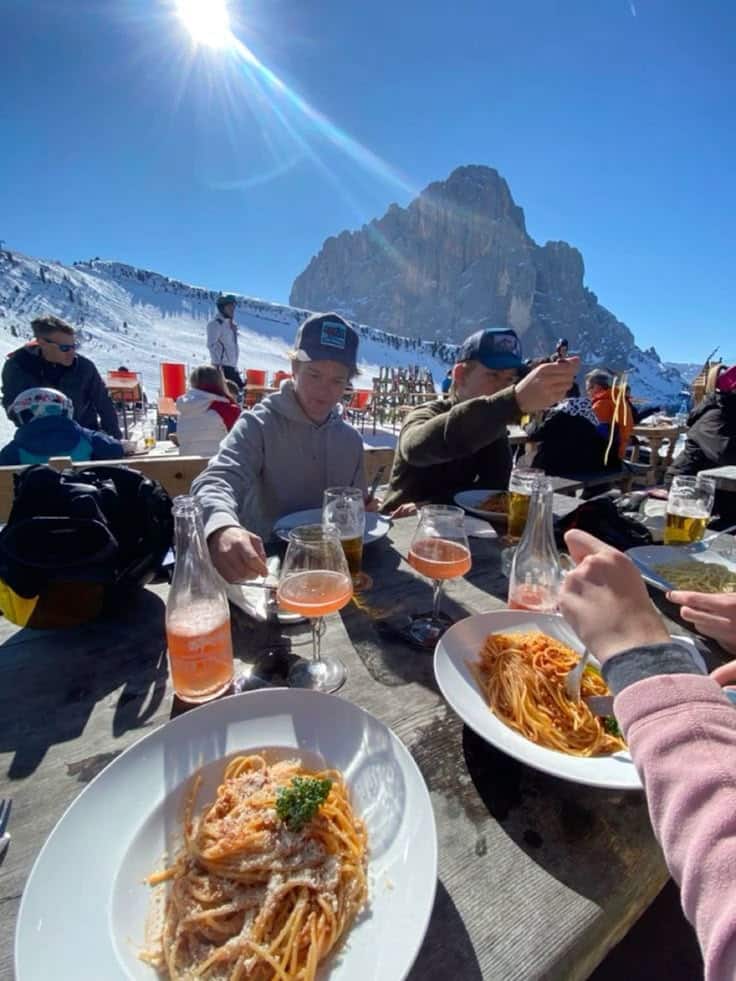
Your first ski holiday will likely involve structured morning lessons, plenty of falling down, and gradual progression from basic movements to confident turns. Most beginners spend 2-3 hours in daily instruction before practicing independently on gentle slopes.
The First Day on the Slopes
Your first day will begin with fitting rental equipment, which typically takes 30-45 minutes at the ski shop. You’ll receive boots, skis or a snowboard, poles, and a helmet. The boots will feel stiff and uncomfortable at first, but this is normal.
Morning lessons usually cover:
- Putting on and removing equipment
- Walking and sliding in a flat area
- The snowplough (pizza) position for speed control
- Basic stopping techniques
You’ll spend most of your time on a gentle practice area or beginner slope, often using a small lift called a magic carpet. Expect to fall frequently during your first few hours. This is part of the learning process and happens to everyone.
By afternoon, you might attempt your first proper green run if conditions are suitable. Don’t feel pressured to progress faster than feels comfortable. Many first-timers feel tired by early afternoon due to using unfamiliar muscle groups.
How Long to Book for Beginners
A 6-7 day ski holiday gives you enough time to move beyond basics without feeling rushed. You’ll typically book lessons for the first 3-4 days, then spend remaining time practicing independently.
Shorter 3-4 day trips work if you’re on a budget, but you’ll spend most of your time in beginner areas. Longer trips of 10-14 days suit those who want to explore multiple resorts or progress to intermediate slopes.
Plan for 5-6 hours on the slopes daily during your first ski holiday. This includes lesson time, practice runs, and breaks for lunch. Your body will need rest periods to recover from the physical demands of skiing.
Preparing for Ski Conditions
Mountain weather changes rapidly, so you’ll need to dress in layers. Start with a moisture-wicking base layer, add an insulating mid-layer, and finish with a waterproof ski jacket and pants.
Essential items to wear:
- Ski socks (one pair only, not doubled up)
- Neck warmer or buff
- Ski gloves or mittens
- Goggles and sunglasses
- Sun cream (SPF 30 minimum)
Temperatures at altitude are typically -5°C to -15°C in winter, but can feel colder with wind chill. Green runs receive full sun exposure, so you might feel warmer than expected during midday skiing. Check the resort’s weather forecast each morning and adjust your clothing accordingly.
Choosing the Best Ski Resort for Beginners

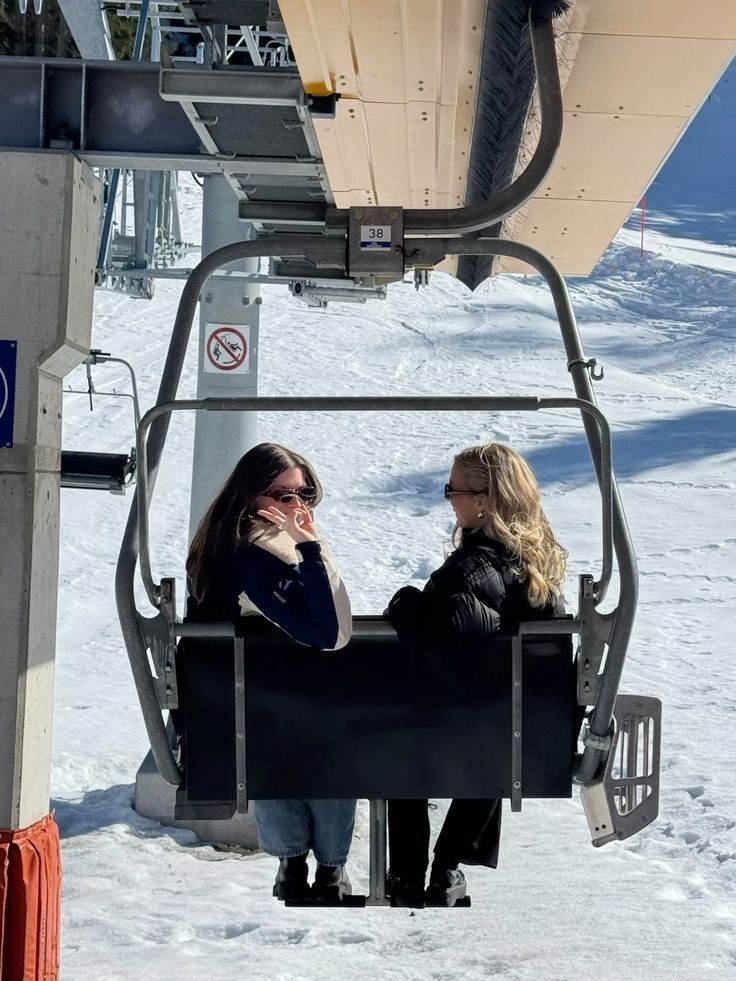

Selecting the right resort sets the foundation for a successful first ski trip. The best beginner resorts combine gentle terrain, quality instruction, and practical amenities that remove stress from the learning process.
Key Features of Beginner-Friendly Resorts
You need resorts with a high proportion of green and blue runs where you can build confidence without facing steep challenges. Look for dedicated beginner zones separated from faster traffic, giving you space to practice turns and stops safely.
Quality ski schools are essential for learning proper technique from the start. The best facilities offer small group lessons with English-speaking instructors who understand how to teach complete novices. Many resorts also provide magic carpet lifts and gentle button lifts in learning areas, which are easier to use than chairlifts when you’re finding your balance.
Ski-in/ski-out accommodation saves energy and reduces the hassle of transporting equipment. Purpose-built resorts often place lodging directly on the slopes, letting you return to your room quickly if you need a break.
Top Destinations in Europe
Söll, Austria features well-maintained blue runs and spectacular mountain views that make early attempts at skiing more rewarding. The resort maintains beginner-friendly slopes close to the village center.
Avoriaz, France breaks the rule that beginners should avoid large resorts. Despite being part of a mega resort system, it offers excellent beginner slopes right next to ski-in/ski-out accommodation. The practical layout means you spend less time worrying about logistics.
Other strong European options include resorts in the Italian Dolomites and Swiss Alps, where gentle terrain combines with reliable snow conditions.
Family-Friendly Ski Areas
When skiing with children, you need resorts that cater specifically to young learners. Look for children’s snow gardens with dedicated play areas where kids can get comfortable on skis through games rather than formal instruction.
The best family resorts offer childcare facilities and kids’ clubs for non-skiing hours. Multiple ski schools at these destinations provide age-appropriate lessons that match children’s attention spans and physical abilities.
Family-friendly areas also include activities beyond skiing. Indoor pools, sledding hills, and easy winter walks give everyone alternatives when they need a break from the slopes.
Learning to Ski: Lessons and Essential Skills
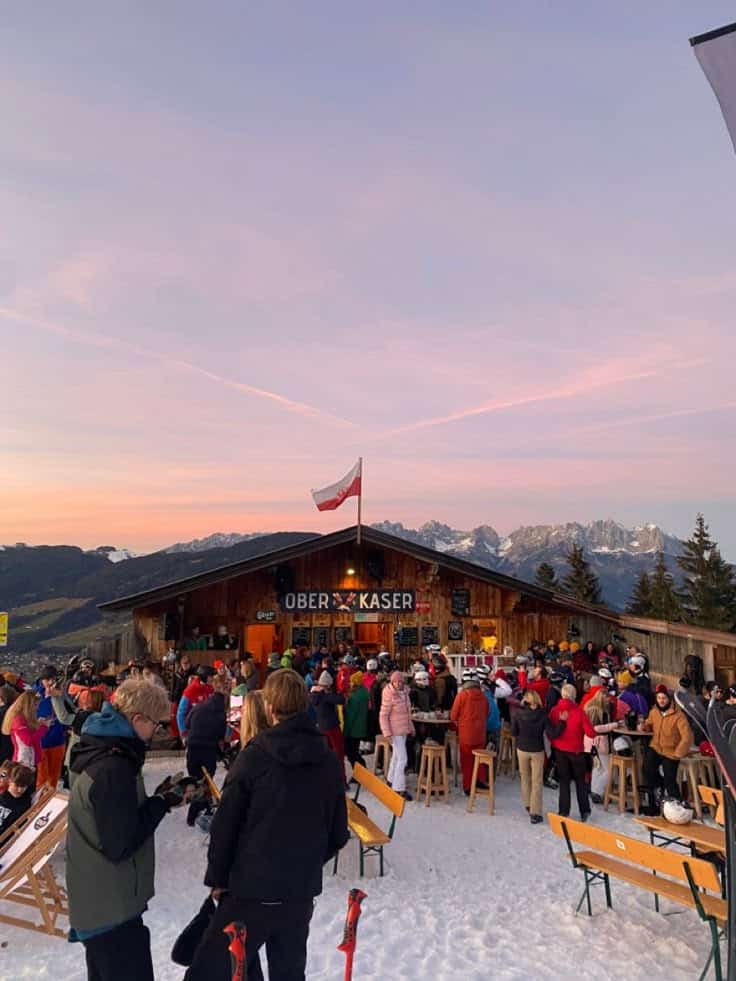
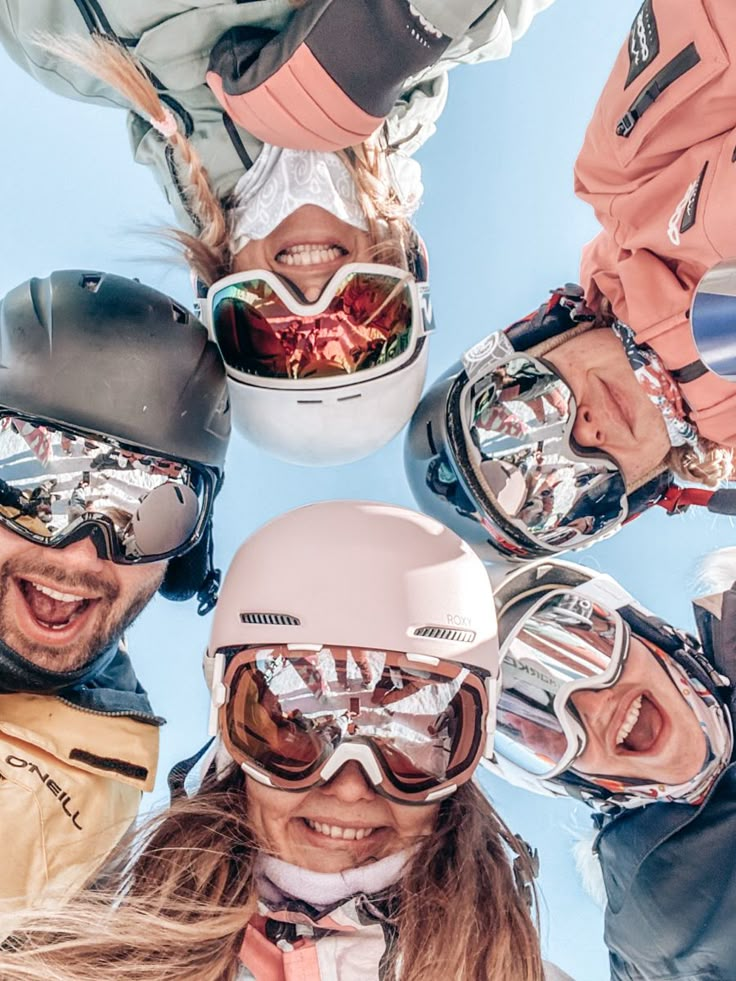
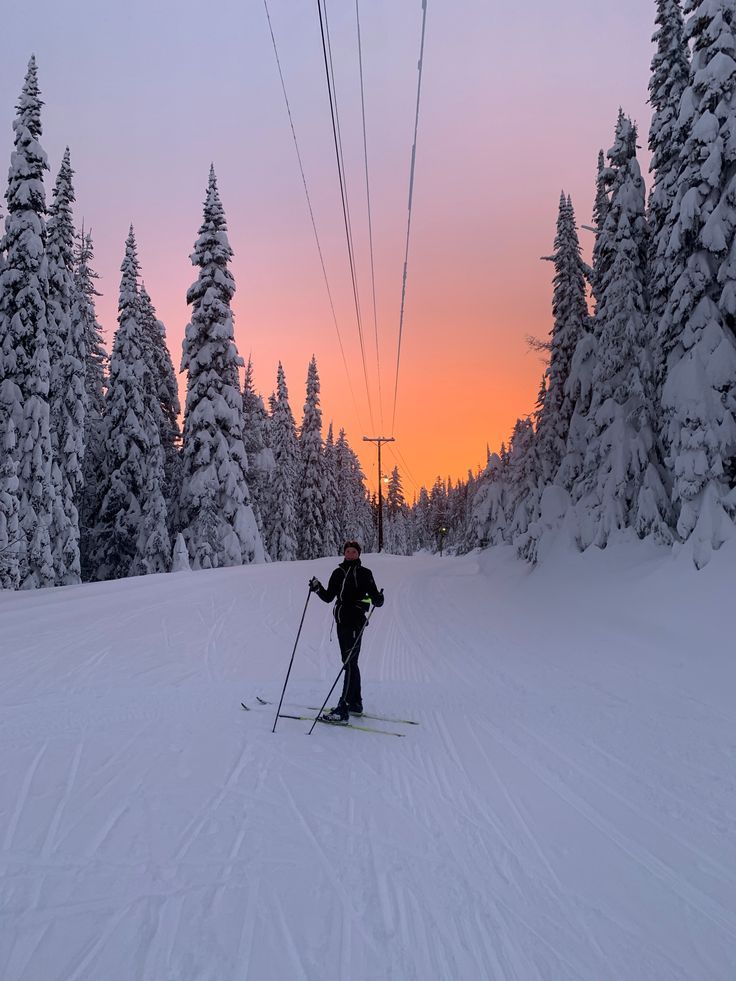
Professional instruction makes learning to ski safer and more enjoyable, with qualified instructors teaching you fundamental techniques like stopping, turning, and using ski lifts. Most beginner-friendly resorts offer dedicated nursery slopes and established ski schools with programs designed specifically for first-time skiers.
Booking Ski Lessons
Ski lessons are essential for beginners, providing you with proper technique from the start and helping you avoid developing bad habits. You can choose between group lessons, which are more affordable and let you learn alongside others at similar skill levels, or private lessons that offer personalized attention and faster progression.
Types of lessons available:
- Group lessons: 4-8 people, lower cost, social learning environment
- Private lessons: One-on-one instruction, flexible scheduling, customized pace
- Beginner courses: Multi-day programs covering basics systematically
Book your ski lessons before your trip during peak seasons, as ski schools often fill up quickly. Most resorts let you reserve lessons online when booking accommodation and lift passes. Plan for at least 2-3 consecutive days of instruction to build muscle memory and confidence.
Finding the Right Ski School
Look for ski schools with instructors certified by recognized organizations, as they follow proven teaching methods and safety standards. The best ski schools for beginners maintain small class sizes, provide equipment specifically suited for learning, and use teaching areas separate from main slopes.
Check online reviews focusing on instructor patience, teaching clarity, and how well the school handles nervous beginners. Many top resorts have multiple ski schools, so compare their beginner programs, lesson durations, and included amenities. Some ski schools offer specialized beginner packages that bundle lessons with equipment rental at discounted rates.
How Nursery Slopes Work
Nursery slopes are gentle, flat practice areas designed specifically for first-time skiers to learn basic skills in a low-risk environment. These areas feature very gradual inclines, short runs, and dedicated beginner lifts like magic carpets or rope tows that are easy to use.
You’ll spend your first lessons on nursery slopes learning to put on equipment, maintain balance, and execute basic movements. The controlled environment lets you practice stopping and turning without worrying about speed or other skiers. Most nursery slopes are located near ski school meeting points and have clearly marked boundaries separating them from faster traffic.
Once you can confidently stop, turn, and control your speed on the nursery slope, instructors will progress you to easy green runs.
Navigating the Ski Slopes: Runs for Beginners
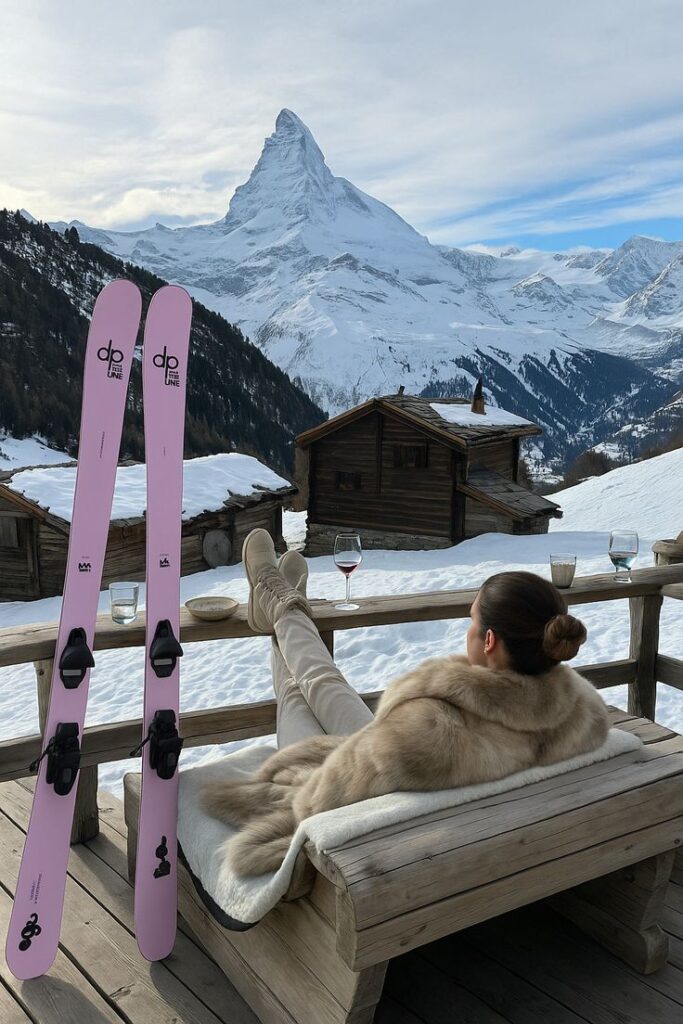
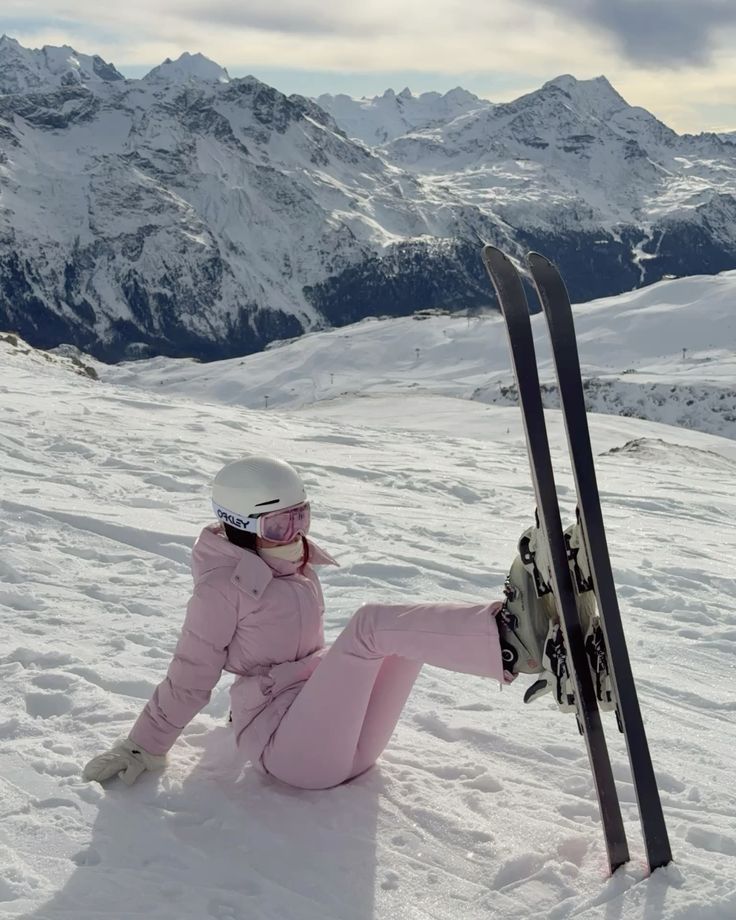
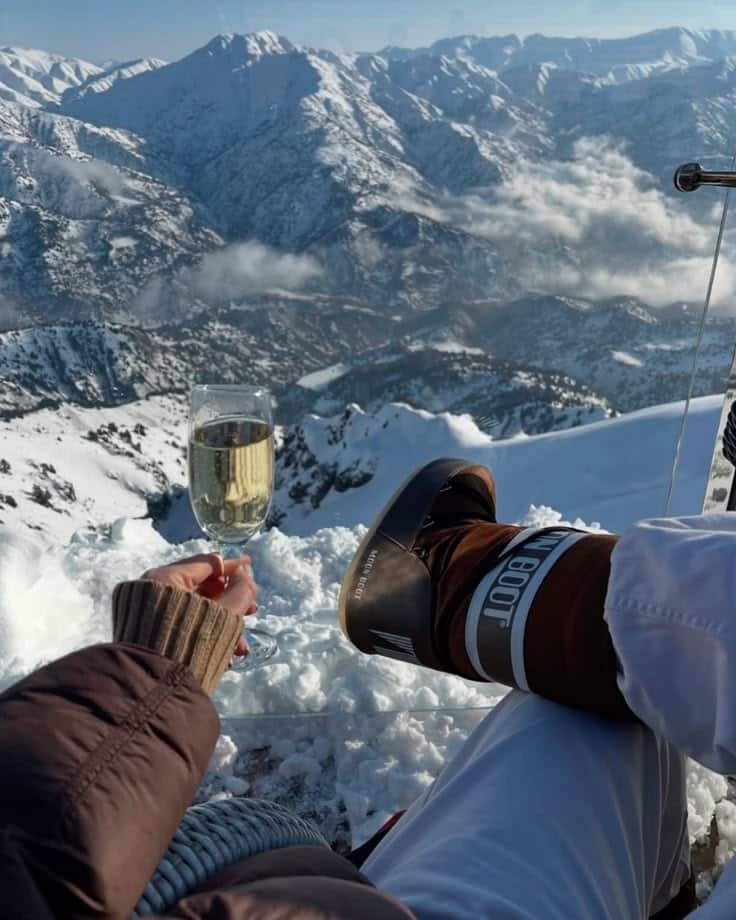
Ski slopes are color-coded to indicate difficulty levels, and understanding this system helps you choose appropriate terrain as you develop your skills. Starting on designated beginner areas and gradually progressing to longer runs builds confidence while keeping you safe.
Understanding Green and Blue Runs
Green runs represent the easiest slopes available at ski resorts. These trails feature gentle gradients, typically between 6-25% incline, making them ideal for practicing basic techniques like snowplough turns and controlled stopping. The runs are usually wide, giving you plenty of space to maneuver without feeling crowded.
Blue runs mark the next progression level and are classified as intermediate terrain. These slopes have steeper sections and may include gentle moguls or narrower passages. Most beginners can attempt blue runs after 3-5 days of skiing, though this timeline varies based on your athletic ability and lesson frequency.
The color coding system differs slightly by region. North American resorts use green circles for beginners, while European resorts often use blue for their easiest runs and green for slightly harder terrain.
Progressing from Nursery Slopes
Nursery slopes are dedicated learning areas separate from the main mountain, often located at the base of the resort. These flat or very gently sloping areas allow you to practice putting on skis, walking, and making your first sliding movements without worrying about speed or other skiers.
You’ll typically spend your first 1-2 lessons on nursery slopes before moving to short green runs. The progression happens naturally as you master stopping, turning, and controlling your speed. Some resorts feature magic carpet lifts on nursery slopes, which are easier to use than traditional ski lifts.
Once you can confidently link turns and stop on command, your instructor will guide you to longer beginner runs. This transition usually occurs within your first week of skiing.
Lift Passes and Accessing the Slopes
Your lift pass grants access to the resort’s lifts and slopes, but beginner passes often cost less than full-area passes. Many resorts offer beginner-specific passes that cover only the nursery slopes and lower mountain lifts, saving you money while you’re learning.
Button lifts and magic carpets are the most beginner-friendly options. Chairlifts require more confidence, but modern resorts install safety bars and slow the lift speed at loading areas. Most ski schools include lift pass costs in lesson packages for the first few days.
Check whether your accommodation offers ski-in/ski-out access to beginner areas. Proximity to gentle slopes means less walking in ski boots and more time practicing your newfound skills.
Preparing and Packing for Your Beginner Ski Trip
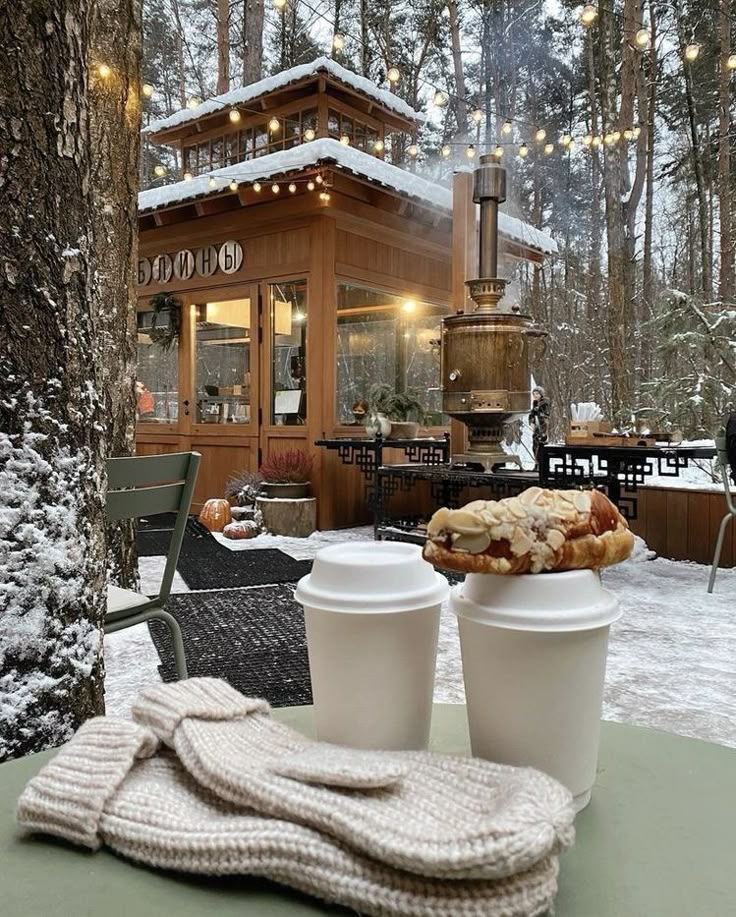
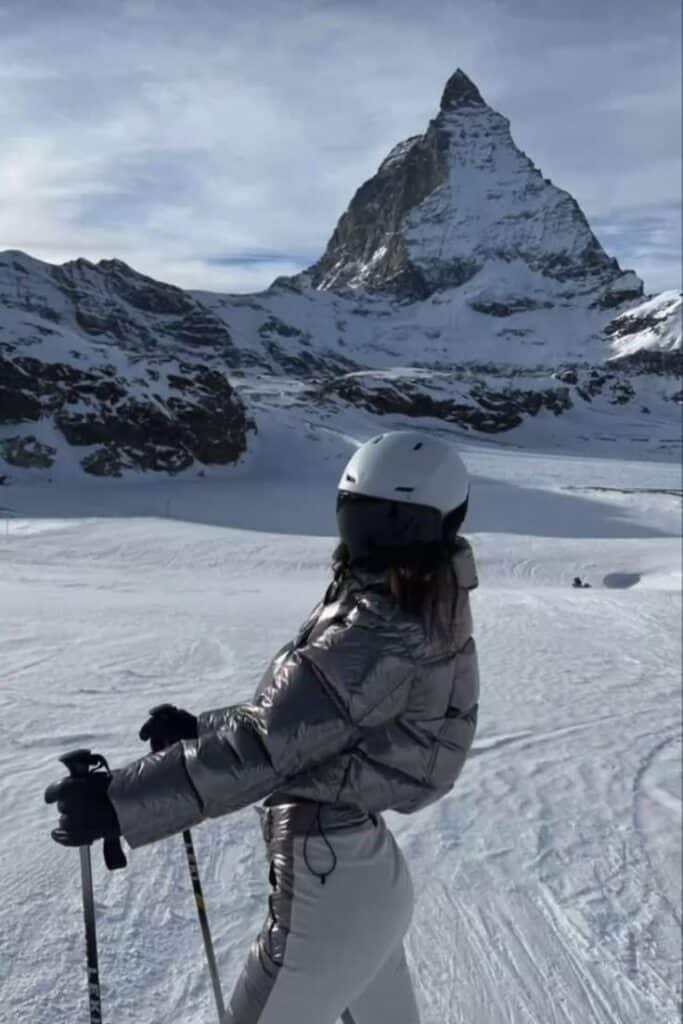
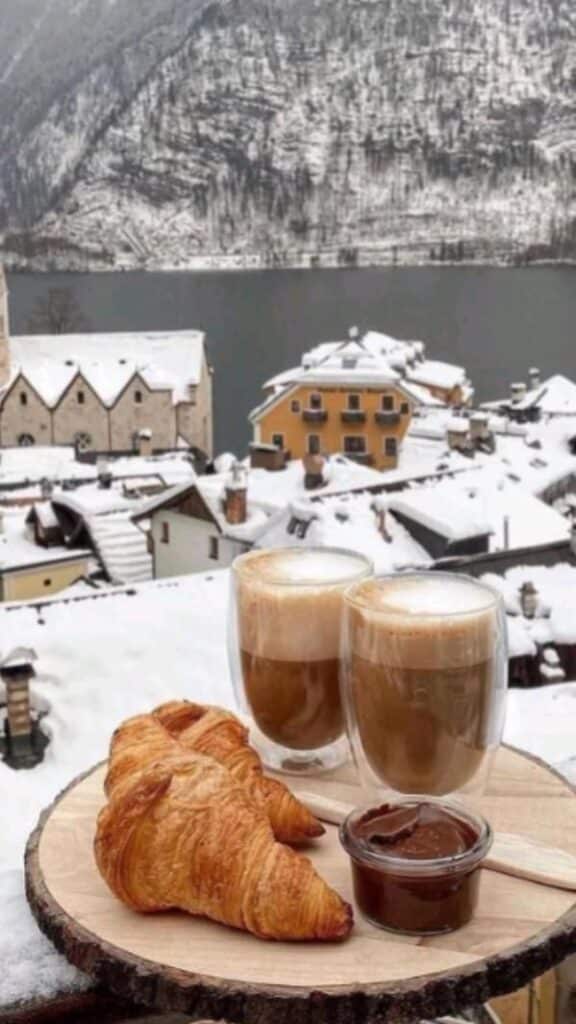
Getting your packing right makes the difference between a comfortable ski holiday and a stressful one. Focus on layering your clothing properly, deciding whether to rent or buy equipment, and bringing the right essentials for your family’s needs.
Essential Clothing and Gear
The foundation of comfortable skiing starts with proper layering. Your base layer should be thermal underwear made from merino wool or synthetic materials that wick moisture away from your skin. Avoid cotton as it traps sweat and leaves you cold.
Your mid-layer provides insulation through fleeces or lightweight down jackets. This layer traps warm air while allowing moisture to escape. You can add or remove this layer throughout the day as temperatures change.
The outer layer consists of a waterproof ski jacket and pants. These protect you from wind, snow, and wet conditions. Look for jackets with features like powder skirts, adjustable cuffs, and plenty of pockets for storing essentials.
Don’t overlook your extremities. You’ll need insulated ski gloves or mittens, a warm hat that fits under your helmet, ski socks (just one pair at a time to avoid blisters), neck warmers or balaclavas, and ski goggles with UV protection. Sunglasses work for sunny days but goggles are essential when it’s snowing.
Equipment Hire vs. Buying
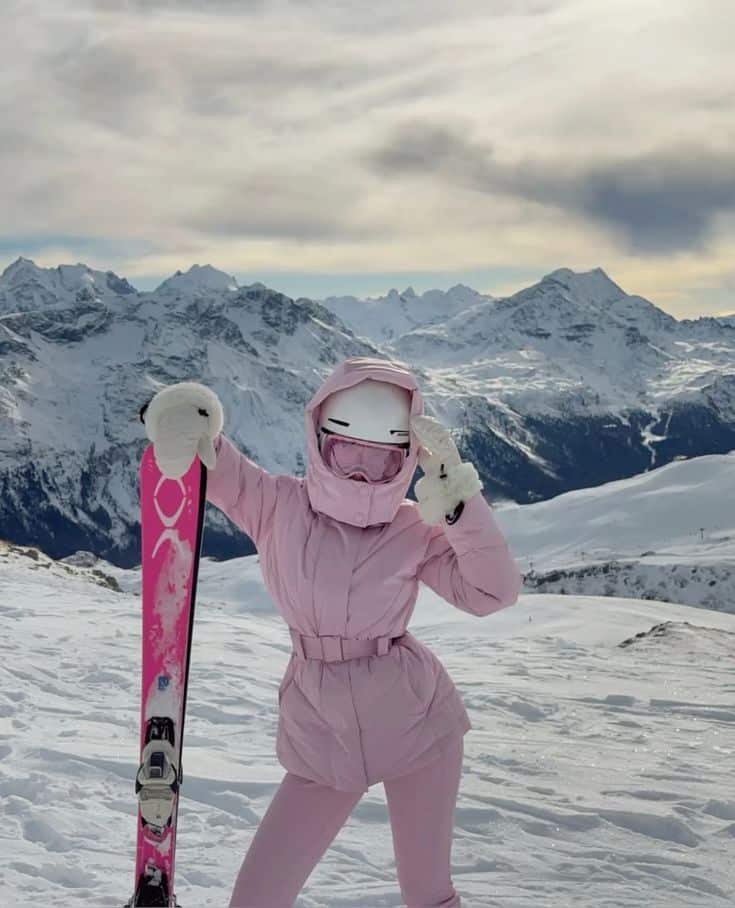
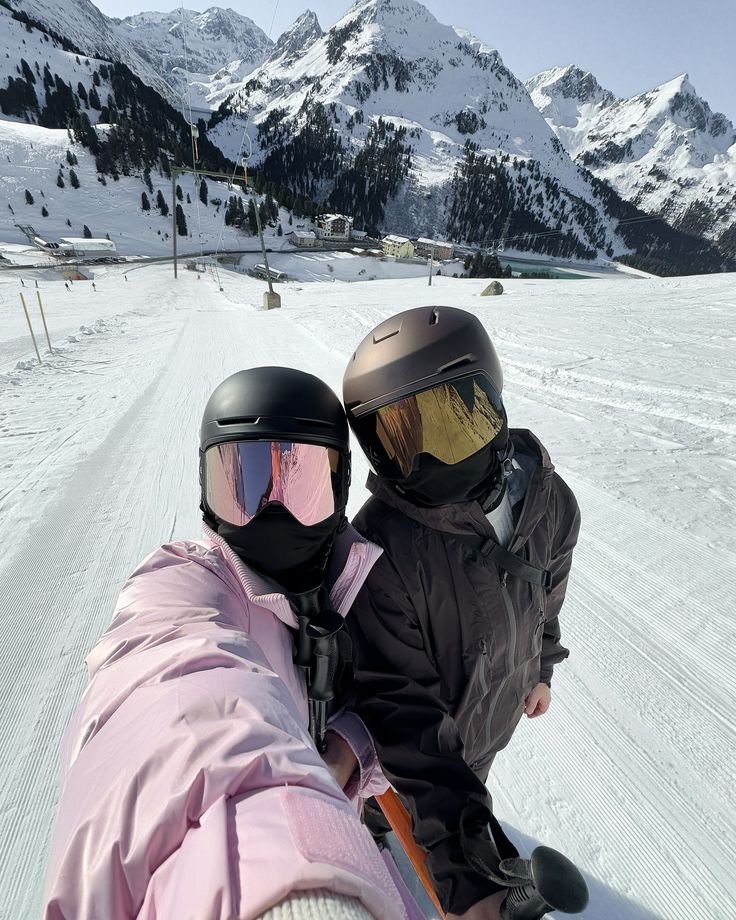
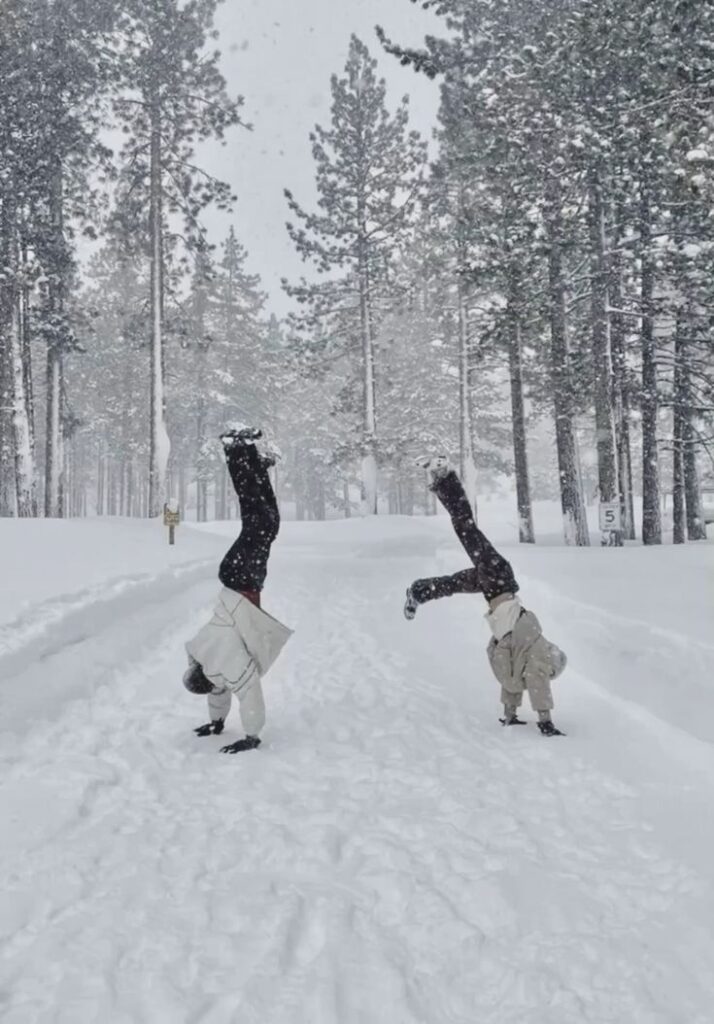
Renting equipment makes the most sense for your first ski holiday. Ski hire shops at resorts offer skis, boots, poles, and helmets at reasonable daily rates. This lets you test different equipment without the upfront investment of £300-£800 for a basic setup.
Rental packages often include free adjustments and exchanges if something doesn’t fit right. The staff will fit your boots properly and set your bindings to the correct release settings based on your weight and ability level.
Consider buying your own helmet, goggles, and gloves before your trip. These items need to fit well for comfort and safety, and you’ll use them on future ski holidays. A decent helmet costs £40-£100 and provides better hygiene than rentals.
If you’re skiing with children, always rent their equipment. Kids grow quickly and their skiing ability changes rapidly, requiring different equipment each season.
Top Packing Tips
Pack your ski clothing in your checked luggage but keep a spare base layer in your carry-on. Airlines occasionally lose bags, and having one set of thermals lets you rent everything else and still ski on your first day.
Bring more base layers than you think you need. You’ll want fresh thermals each day, and they take up minimal space in your luggage. Three to four sets work well for a week-long trip.
Use compression bags or packing cubes to maximize space. Ski clothing can be bulky, but these organizers help you fit everything efficiently.
Don’t forget the small items that make a big difference. Lip balm with SPF, high-factor sunscreen, hand warmers for extremely cold days, and blister plasters should all go in your bag. A small backpack for the slopes lets you carry water, snacks, and extra layers.
Travel Essentials for Families
Skiing with children requires extra planning for comfort and safety. Pack multiple pairs of thin gloves for young skiers as children’s hands get wet quickly. Bring spare gloves in your backpack each day.
Entertainment for travel days keeps everyone happy during long journeys to mountain resorts. Download films, games, and audiobooks onto tablets before you leave. Mountain areas often have limited internet access.
Family Must-Haves:
- Child-friendly sunscreen (factor 50+)
- Snacks that won’t freeze solid
- Hand and foot warmers for little ones
- Spare clothing for après-ski
- First aid kit with children’s pain relief
- Comfort items for younger children
Book ski school lessons for your children in advance. Many resorts fill up quickly, especially during school holidays. Confirm your lesson times and meeting points before your ski holiday begins.
Bring identification and insurance documents for each family member. Keep copies separate from the originals in case anything gets lost on the mountain.
What are the essential features to look for in a beginner-friendly ski resort?
Beginner-friendly ski resorts should have a high proportion of green and blue runs, dedicated beginner zones separated from faster traffic, quality ski schools with small group lessons, and accommodation that allows ski-in/ski-out access to reduce logistical stress.
How should I prepare and pack for my first ski holiday?
For a comfortable ski holiday, focus on proper layering with moisture-wicking base layers, insulating mid-layers, and waterproof outer layers; rent equipment or buy essentials like helmet, goggles, and gloves; pack extra base layers, lip balm, sunscreen, and small items like hand warmers, while also planning entertainment and safety accessories for family travel.
How can I choose the right type of ski lessons and ski school for beginners?
Select ski lessons offered by certified ski schools that maintain small class sizes and provide equipment suited for beginners, with options for group lessons, private instruction, or multi-day courses, and consider booking these lessons in advance, especially during peak seasons.
What should I know about ski slope difficulty levels and progression for beginners?
Ski slopes are color-coded, with green slopes representing the easiest terrain featuring gentle inclines, and blue slopes being the next level suitable for beginners after some practice; progression usually involves moving from nursery slopes to short green runs as you master basic techniques like turning and stopping, with lift passes available for different levels to support your learning journey.
- 0shares
- Facebook0
- Pinterest0
- Twitter0


